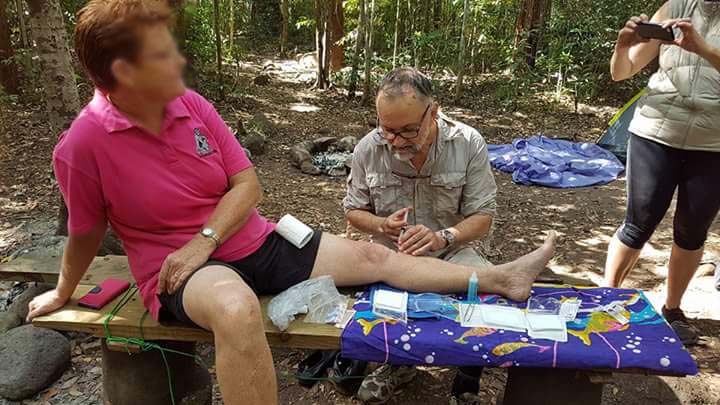It was meant to be a relaxing four day walk along Hinchinbrook Island’s east coast but instead became an exercise in wilderness medicine not once, but twice for Dr John Hadok.
The experienced Mackay Base Hospital emergency doctor was walking the 32km trail with a friend who fell going down a slope with a heavy pack on day one of the expedition.
“A rock moved under one foot and pitched him sideways and forward down the slope and he took all his weight on the other leg which ruptured his quadriceps,” Dr Hadok said.
It was an obvious diagnosis with the muscle retracted up the thigh and his knee cap displaced.
Unable to walk and in excruciating pain, the challenge was to get the injured walker to a more open area where he could rest.
“It was a bit of a challenge and fortunately I had some medical gear with me including a wilderness splint so I was able to keep his leg straight,” he said.
“Once he had gained some composure I cut him a walking stick from a tree and we got partly down the slope with his leg straight but then he fell again.
“The pain was so severe he didn’t feel confident in getting upright again so he had to crawl like a crab using his arms behind him while I carried his leg straight using his shoe laces as a handle so that his knee didn’t bend because every time his knee bent it was excruciating.
“We had to make our way down fairly rocky terrain with big boulders until finally we were at the bottom, and by this time a few other walkers realised we were in trouble and had come back and helped us by carrying our packs,” Dr Hadok said.
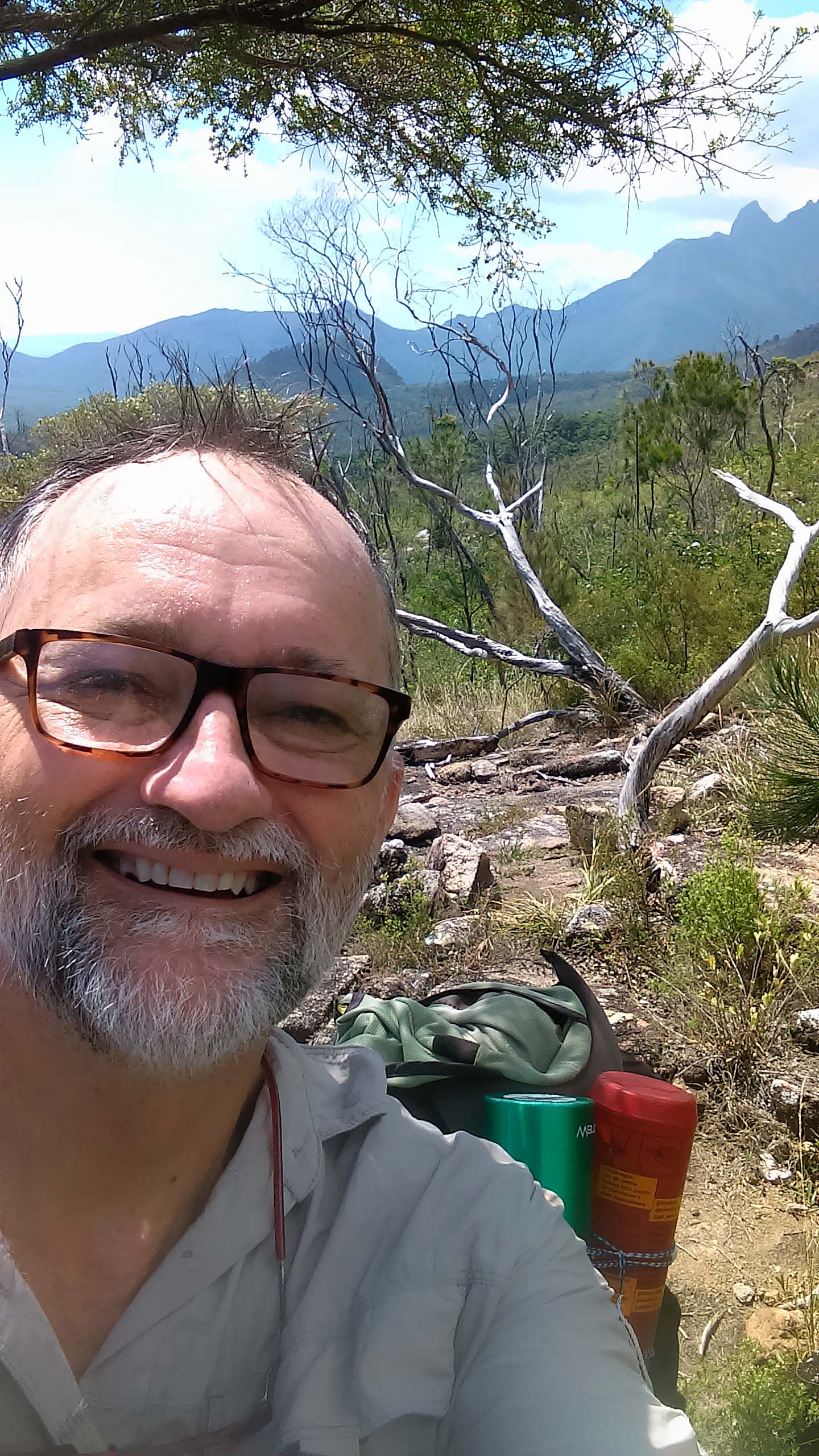
The pair set up camp in a shaded area out of the heat and with no mobile phone coverage they debated whether to activate the EPIRB. Deciding against it as he didn’t have a life-threatening injury they instead accepted an offer from fellow hikers to walk ahead and phone for help once they found mobile coverage.
Not having any idea on when the walkers would find phone coverage they set up camp.
“Later that evening we heard the chopper and my friend was able to be flown off the island – I later realised he’d taken not only the EPIRB with him but also the toilet paper!” John then set off to complete the walk solo.
The walker was assessed in Townsville’s Emergency Department before having surgery in Mackay two days later. Weeks on from his ordeal he’s still recovering with a long road of physiotherapy ahead.
Dr Hadok’s skills were again needed two days later when he arrived at a campsite where a woman had fallen and impaled her shin on a burnt stick leaving two deep holes.
“The stick had gone in her shin and popped out a few centimetres below and the wound was very dirty with bits of stick, charcoal and other grit in it,” he said.
With another 36 hours before the woman was due to leave the island it was up to Dr Hadok to provide what emergency care he could.
“Fortunately I had taken everything from local anaesthetic to dressings – she was particularly happy I could provide some local anaesthetic. I explored the wound, removed the particles, was able to see that the bone was exposed as well as her tendon was shredded and exposed but still functional and then we covered it with a dressing,” he said.
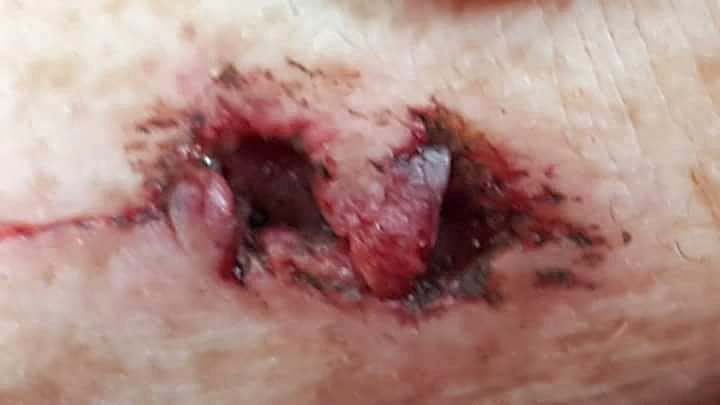
She was able to complete her walk and while the wound ultimately did get infected, it was with an organism from the creek where she had sat to wash the wound.
“She did get Aeromonas in it which is a water borne bug but fortunately did not become heavily infected. Almost undoubtedly she would have ended up with a nasty infection that would have involved bone as well as skin if I hadn’t been able to give her that first aid.”
The woman was also appreciative she was well enough to see her son, who is a doctor, present a paper international medical conference in Sydney and then attend a family wedding.
“So I felt happy I was able to at least get her to attend these events and didn’t suffer a major infection,” he said.
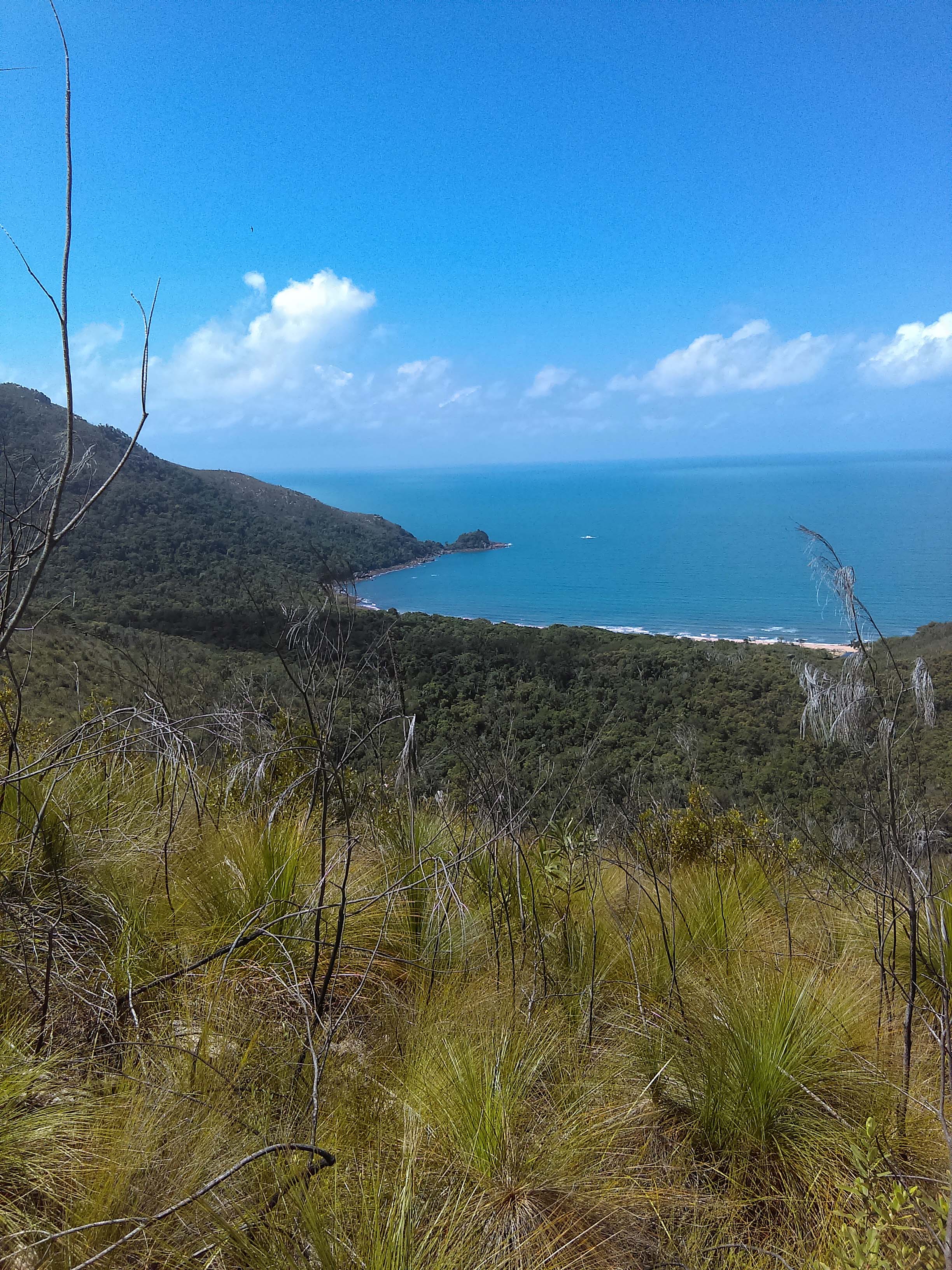
Dr Hadok said while injuries in remote areas could be complicated some basic medical supplies and principles helped with the care.
“For example you may not have sterile gloves but instead use a no-touch technique so you are not contaminating the wound or being exposed to the patient’s bodily fluids.
Other items in his medical kit include a splint, local anaesthetics, antiseptic fluids, bandages, dressings and tubigrip which is useful for supporting limbs and splints.
Dr Hadok’s final advice is that despite the injuries he’s encountered it’s actually good for your health to be in the wilderness.
“You meet some amazing people, it’s rejuvenating and just great to be outdoors and from a medical aspect it’s good to be able to offer people the security that you can at least help them
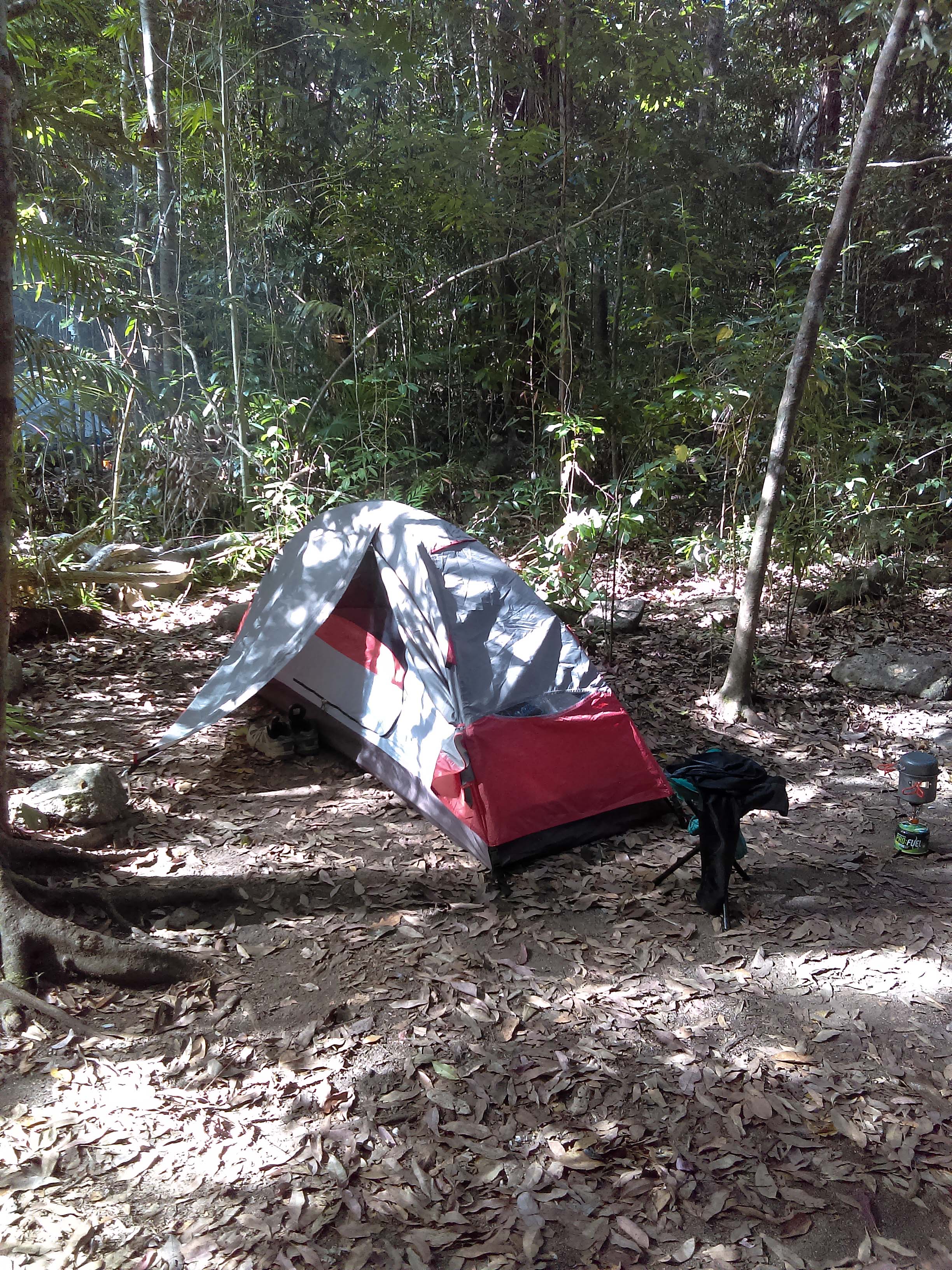 in the initial phase of their injury and not feel so isolated.”
in the initial phase of their injury and not feel so isolated.”



